Your next vacation is on the horizon, whether it’s the Christmas school break or the long weekend at the start of January. But where should you travel to this winter in China? Despite sporadic pandemic hotspots and the well-known heating challenges in southern regions, there are still fantastic destinations to consider.
Here are a few guidelines for winter travel:
Keep in mind that areas south of the Yangtze River often lack adequate central heating and can be humid and cold. Therefore, I recommend avoiding travel to the southeast (such as Jiangnan, Shanghai, Guizhou, and Yangshuo) until the warmer months arrive.
Additionally, the northwest regions (including Gansu, Xi’an, Inner Mongolia, and even Beijing) are currently experiencing a surge in COVID-19 cases.
This list will focus on several notable destinations in southwest and northeast China.
Lijiang
Lijiang, the gateway to Yunnan’s snow mountains, is renowned for its mild weather, even during winter.
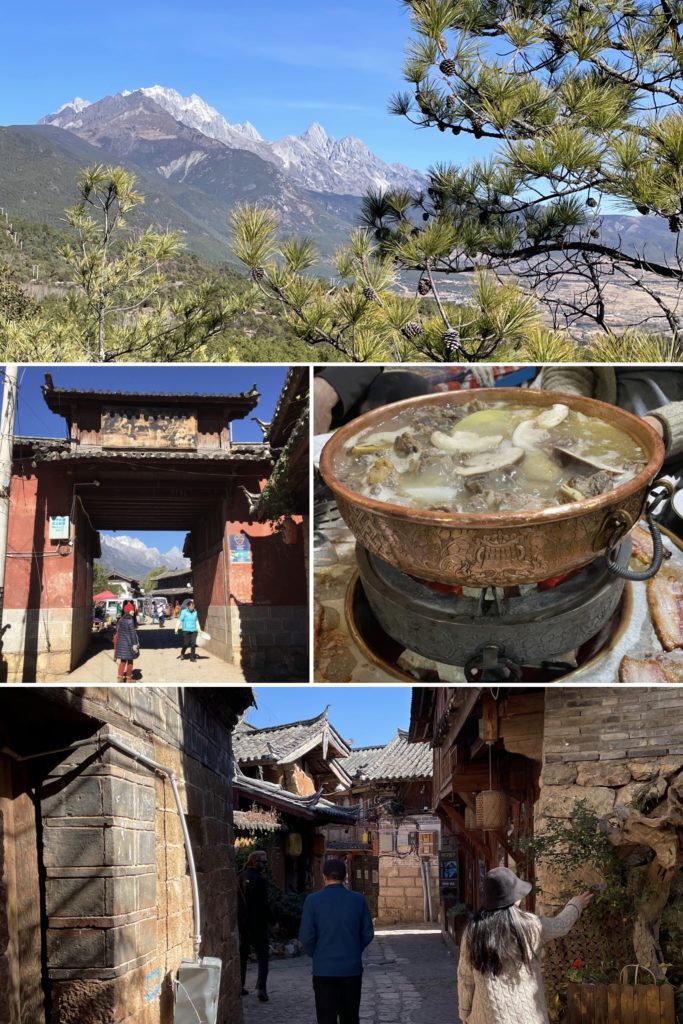
In December, you can enjoy crisp blue skies perfect for wandering through the tranquil old town or hiking among the pines. While the nights can be chilly, snowfall is rare (for a better chance of snow, visit Shangri-La). The colder weather also makes the Tibetan hotpot and a warm cup of pu-er tea feel especially inviting.
Zhangjiajie or Huangshan
The jagged mountains of central China transform into breathtaking, picturesque landscapes during winter, resembling a classical painting.
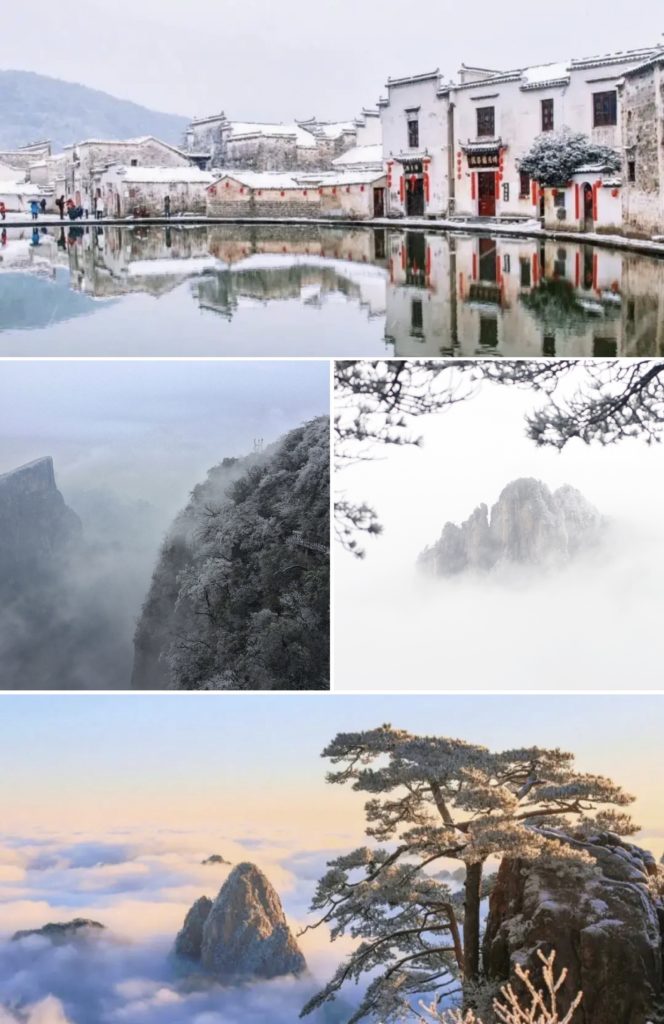
Zhangjiajie National Park, whether covered in snow or shrouded in mist, takes on a mystical aura with its towering rock formations stretching majestically in all directions. Tianmen Mountain also offers stunning views, especially when its peak is blanketed in snow, contrasting beautifully with its golden temples.
Huangshan, or Yellow Mountain, is famed as one of China’s most beautiful mountains and is especially stunning in winter, with its unique rock formations adorned with snow and gnarled pine trees reaching skyward.
Tianjin
Tianjin, located between the capital and the sea, is a former treaty port city worth exploring. It offers a taste of northern culture with its lantern-lit streets and traditional courtyards, making it distinct from Beijing while still sharing some of its charm.
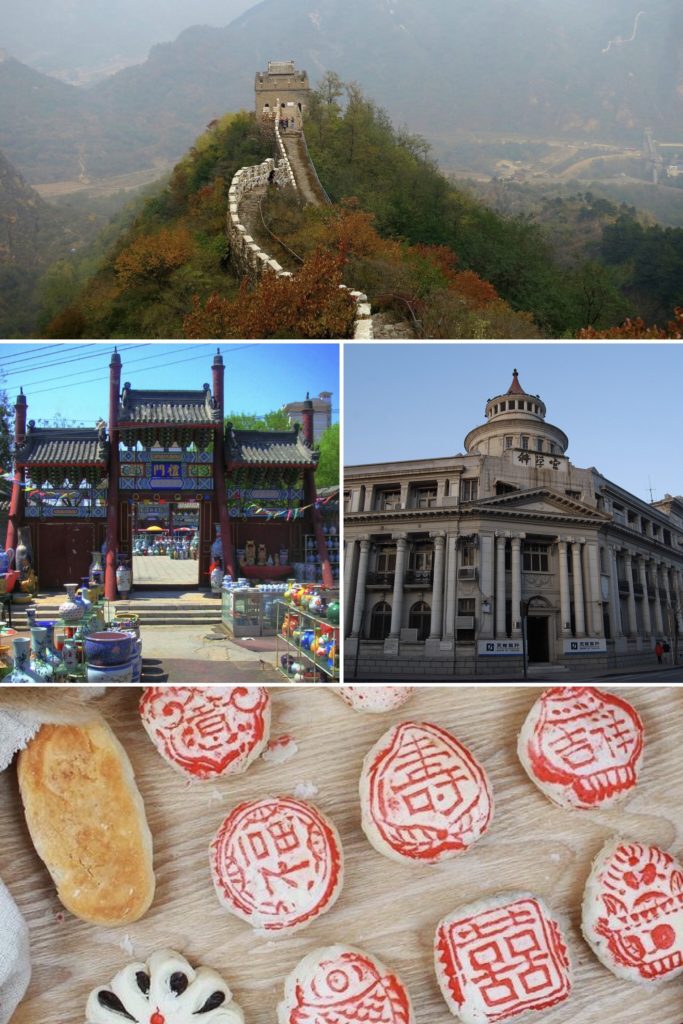
Tianjin features its own section of the Great Wall at Huangyaguan, complete with impressive watchtowers. The city center presents a romantic atmosphere with European-inspired streets reminiscent of Shanghai. Don’t forget to indulge in the local cuisine, including unique street foods and freshly caught seafood that reflect this coastal metropolis.
Yunnan Northwest Circuit
In the remote areas of northwest Yunnan province, the mountains soar, and winding roads lead to hidden valleys near the Tibetan plateau. Starting from Shangri-La or Lijiang, you can embark on an exciting loop through this region.
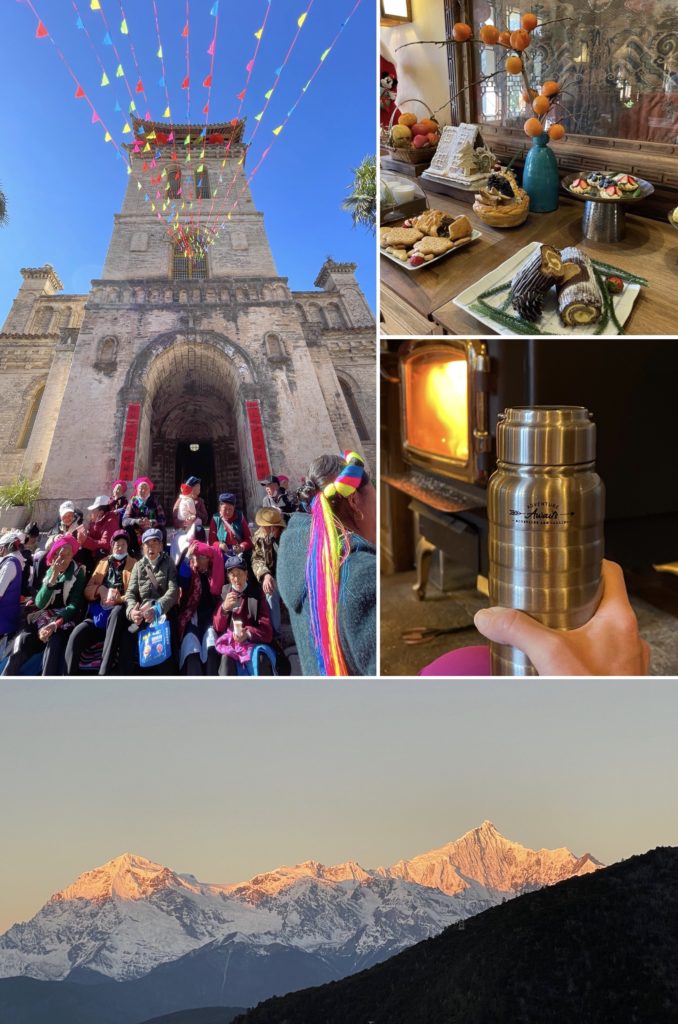
This exclusive collection of inns offers a comfortable adventure into the highlands and river valleys beyond the tourist paths of Yunnan. Within a 4–8 day circuit, you can witness the stunning Kawagarbo, or Meili Snow Mountain, which glows rose gold at dawn as the first rays of sunlight kiss its snowy peaks. If that breathtaking sight isn’t enough, follow the Lancang (Mekong) River to explore a Tibetan Catholic community that celebrates church holidays with fervor around its stone Romanesque church, where they also produce red wine. The friendly guesthouses along your journey serve homemade meals in cozy atmospheres. For a bit more excitement, consider trekking the Yubeng valleys, situated right at the base of Kawagarbo. Regardless of your choice, this region promises a truly unique vacation experience.
Harbin
Harbin, located in northeast Heilongjiang province, embodies the essence of a winter wonderland. With its proximity to Russia, the city showcases beautiful baroque architecture and onion-domed churches that give it a distinctly European feel.
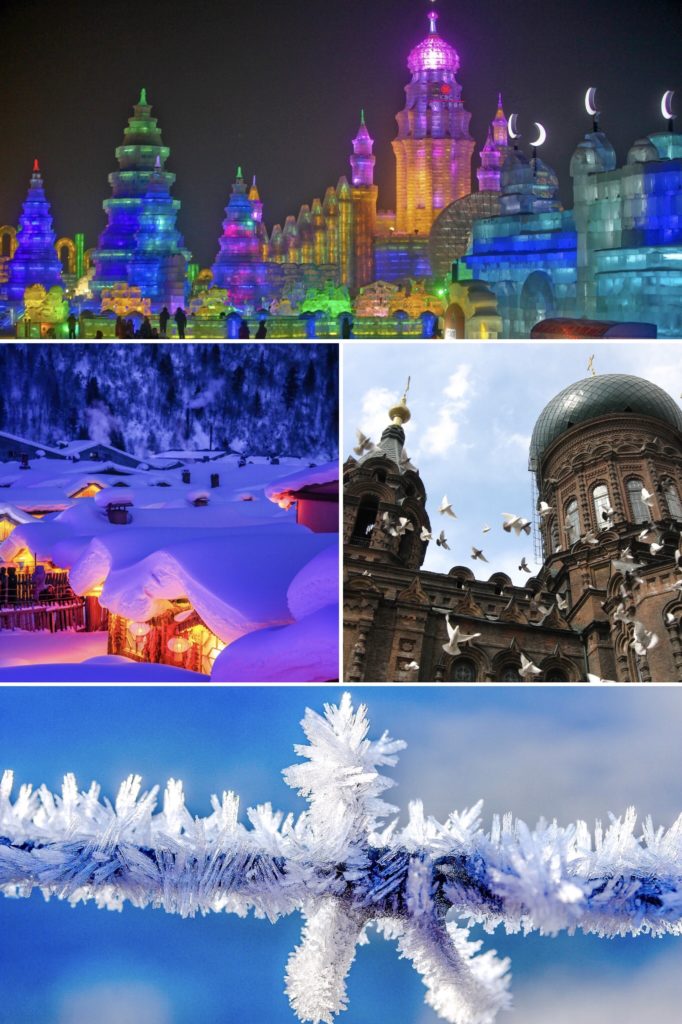
January and February are peak months to visit Harbin for its renowned International Ice and Snow Festival, featuring countless ice sculptures created from blocks of the frozen Songhua River. These incredible displays light up the night and transform the city into a fairyland of ice. If you arrive before the official opening of the festival (on January 5), you might still catch a glimpse of the sculptures, as well as partake in various winter activities like ice skating, ice fishing, or simply enjoying the cool, brisk air. For skiing enthusiasts, nearby Yabuli boasts one of the largest ski resorts in China, and don’t miss the enchanting Snow Town, where alpine roofs are covered in thick layers of snow throughout winter.
Local Hot Springs
If you’re in Guangdong and wish to stay local, consider a hot springs retreat just a couple of hours’ drive from Shenzhen, situated in the nearby mountains.
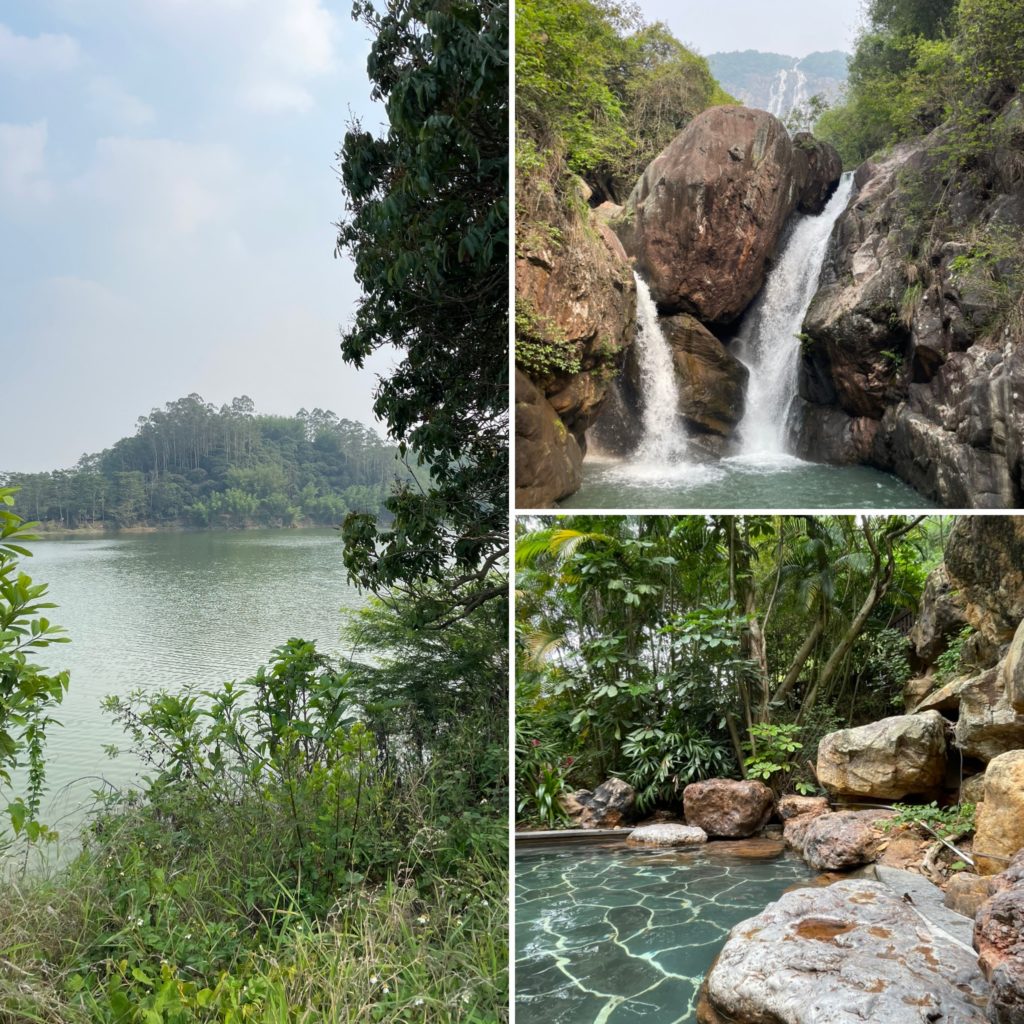
In Zengcheng district, just north of Guangzhou, you’ll find relaxing hot springs resorts nestled among lush bamboo groves, as well as hiking options suited to our mild winter weather. To the west, Zhuhai offers a tranquil escape, featuring several hot springs hotels, including one themed after Japanese onsens.
Custom Trip Planning
China Tea Leaves is here to assist you in planning trips to these destinations and more. With our extensive knowledge of China and an expat’s perspective, we can craft a personalized itinerary for you, your family, or small group. We will arrange as much as possible in advance, allowing you to travel with ease and flexibility. Our support continues throughout your journey to ensure a seamless experience.
Contact Greta:
chinatealeaves@yahoo.com
or reach out via WeChat: lilies-of-the-valley



